Lifecycle Assessment
- 13
- 12





Establishing a Structure of Incorporated Ecological Design
Qisda has introduced the environmentally conscious design (IEC 62430) since 2010, and continued to promote the concept of product life cycle. We require that green design be included in the beginning of the product R&D to assess the potential environmental impact and risks caused by the designed products/components in different phases of the life cycle.
Since 2013, we have combined the incorporated design (ISO 14006) with the environmentally conscious design (IEC 62430), the environmental management system (ISO 14001) and the quality management system (ISO 9001), and introduced them to the R&D process, establishing a structure of incorporated ecological design. Since 2013, we have received statements of the integrated design (ISO 14006) and the green design (IEC 62430) for products such as displays, projectors, smart phones, scanners, multimedia players and light fixtures.
Product Life Cycle
Green design
- Reduction
- Hazardous substance free
- Energy saving
- Recovery
Manufacture
- Management system
- Energy saving & carbon reduction
Distribution
- Reduction of packaging materials
- Volume
- Weight
Use
- Energy saving
Disposal
- Recovered materials
- Renewable materials
- The 3Rs assessment
Principle/Approach of ecological design
We place importance on four major green design approaches during the R&D stage, which are material reduction, hazardous substance management, energy saving and recycling. In the middle stages of design, we use the internal WEEE platform to make product recyclability assessments, and see if the recyclability of the product meets Qisda’s basic requirements. The product can only move on to the next stage of the design process after receiving confirmation that it has met all necessary requirements.
( Please refer Qisda's Programs In Place for Managing WEEE)
Process of ecological product design
In order to implement ecological design for all models and meet the requirements of customers/importing countries while continuing to promote material reduction, energy saving and carbon reduction, the design process of the machines can be roughly divided into three stages.
Environmental impact assessment and benefits of products
In 2024, products certified with the Energy Star label accounted for 57.89% of the Company ’s annual revenue. Based on the measured Typical Energy Consumption (ETEC) of these products compared to the Maximum Typical Energy Consumption (ETEC_ max), and assuming an average product lifespan of 6.6 years, it is estimated that a total of 3,709,525 GJ of energy can be saved, equivalent to a reduction of 509,029 tCO2e in carbon emissions.
Quality/Hazardous substance management
Qisda devotes itself to promoting the quality management system (ISO 9001), the medical devices quality management system (ISO 13485), the automotive quality management system (IATF 16949) and the hazardous substance process quality management system (IECQ QC 080000). We design and manufacture products that conform to laws, regulations and the requirements for customer safety and health. In the “Quality and No-Hazardous Substance Handbook,” we clearly disclose Qisda’s policies for quality and hazardous substance free, and the policies are verified by a third party.
The Chairman of Qisda also serves as the person in charge of our quality/hazardous substance management system, who supervises and establishes different levels of QA teams and coordinators to promote the quality/hazardous substance free policies throughout the company and require the employees’ compliance. By using communication methods such as educational training, internal announcements on the official website, promotional cards, Qisda guides our employees to be aware of the importance of meeting the requirements of laws and regulations, the quality policies of the Company, the quality goals and the requirements of the customers. We also inspect the suitability of the management system and the usability of resources during management review meetings. We hope to improve the process continuously, reduce defects and waste, and make improvements in quality and productivity by pursuing continuous enhancement and precaution with the most economical methods. Meanwhile, we hope to meet the EU RoHS Directive and the customers’ requirements, and further have our products comply with society’s expectation and reduce negative impacts to the environment.




Want to know more detailed content?
Read Report Contents




